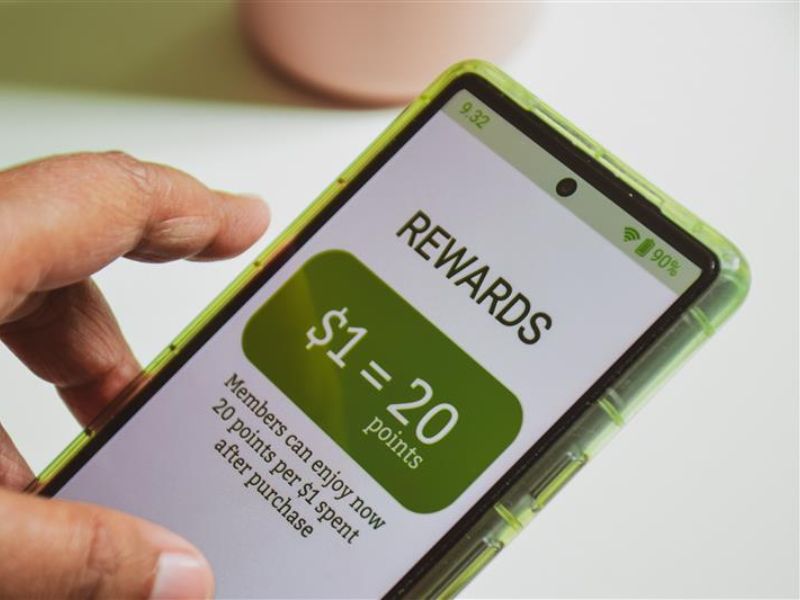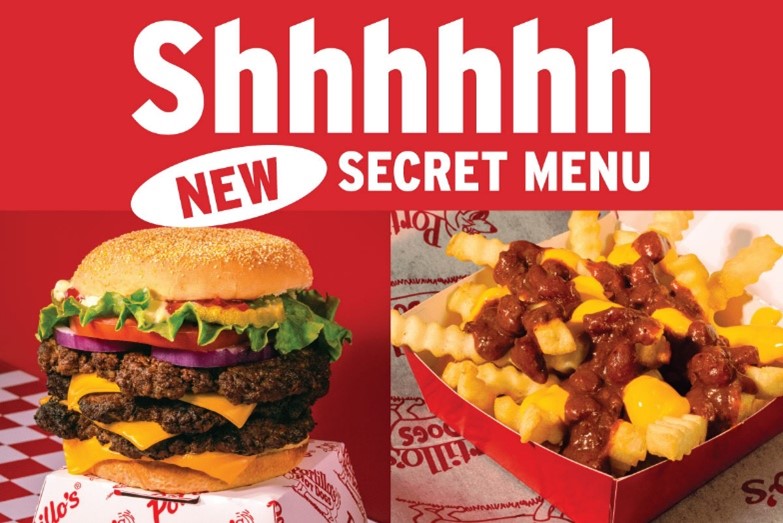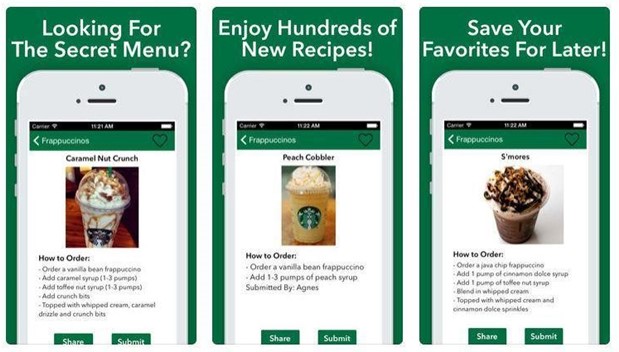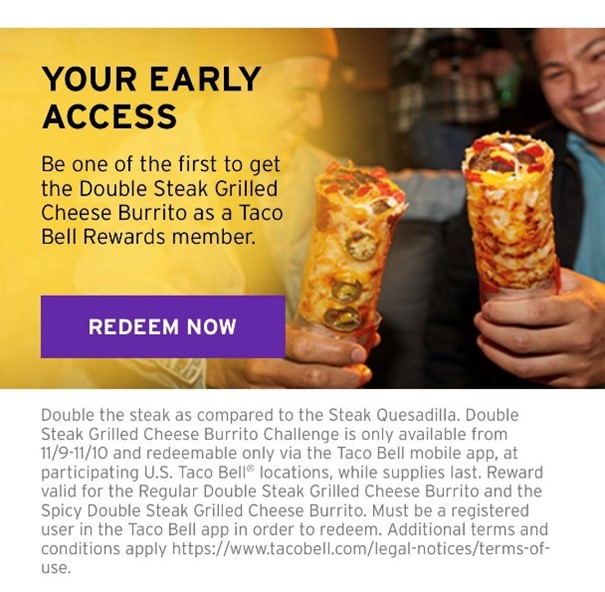
How QSRs Are Turning Rewards into Exclusive Experiences

Loyalty Beyond the App
For years quick-service restaurants (QSRs), have leaned on loyalty programs to drive repeat business. Customer loyalty experiences have moved beyond punch cards and points. Today, loyalty isn’t just about earning rewards, it’s about earning attention and tapping into the consumer’s emotions.
Secret menus and gamified challenges are just a few ways that QSRs are finding creative ways to make their loyal customers feel like insiders and not just a customer. The best loyalty programs aren’t just about saving a few dollars anymore; they’re about sharing stories that create lasting connections long after the sale is complete.
From Discounts to Belonging
Traditional loyalty programs used to be all about transactions: spend more, get more. Simple, predictable, and impersonal.
Now, leading QSRs are flipping that model. They’re focusing less on what customers get and more on how they feel. The result? Loyalty programs that feel more like communities built around exclusivity, and shared brand love. Deloitte’s 2024 QSR Loyalty Benchmark found that 72% of consumers prefer experiences that make them feel part of something special
Today’s customers are not just interested in freebies; they want to feel like a part of something special. They want to be the first to try new flavors, unlock hidden menu items, or earn status in creative ways. It’s about participation as much as it is about perks.
Secret Menus & Early Access: The New Exclusivity
There’s something irresistible about being given access to something others cannot. This is why secret menus and early-access have become such powerful drivers of brand loyalty. Leading QSR brands are learning that exclusivity is one of the strongest ways to build brand loyalty.
Portillo’s tapped into this feeling of exclusivity perfectly with the launch of its Perks program. Since launching in March, it includes “Pokey’s Secret Menu,” highlighting hidden menu items like their Chili Cheese Fries and Triple Cheeseburger, available only to loyalty program members Portillo's Perks. This is a simple yet effective way to make customers feel like they know about the brand’s best kept secrets.

Starbucks, known for leading the way in customer loyalty, is also bringing its secret menu to life in their Rewards app. For years, the “secret Starbucks menu” was shared by fans through social media platforms and spread organically online. Starbucks has now embraced this fandom among their consumers, adding the most popular custom drink options right inside the “Offers” tab on their loyalty app. By bringing fan culture into the official brand experience, Starbucks has turned a once-mythical secret menu into a purposeful, engaging part of its loyalty program.

Taco Bell has taken the exclusivity component a step further with the concept of early access launches. Loyalty members get first dibs on new items on the menu before anyone else. It’s a move that turns fans into brand ambassadors: the ones sharing sneak peeks on social media and fueling anticipation for what’s next.

Key Takeaway: Exclusivity isn’t just about boosting sales but making customers feel “in the club”. Creating a sense of loyalty and tapping into a customer’s emotional connection with the brand.
Gamification & Challenges: Making Loyalty Fun Again
Today’s loyalty programs go beyond rewards. They’re about creating moments that feel fun and meaningful. Badges, leaderboards, and achievement challenges are turning routine visits into social, interactive experiences.
Chipotle's Freepotle Challenge launched in 2023, leaning into the spirit of friendly competition. Fans would not only earn rewards, climb achievement ranks, and even compete nationally for bragging rights. This encouraged visits and created engagement loops that kept fans coming back to see what they could unlock next. As the program gained buzz, it highlighted Chipotle’s understanding that today’s loyalty is driven by achievement, not just transactions.
Dunkin’ has followed suit by incorporating a badge system rewarding customers for completing specific actions like trying new menu items or visiting during certain hours. These digital achievements feel small, but they tap into our desires for progress and recognition.

According to Bond Brand Loyalty's 2024 Trends Report gamified programs see up to 25% higher engagement and 31% higher repeat visit rates than traditional loyalty schemes
Key Takeaway: Gamified loyalty increases app visits and builds emotional equity, tapping into our desire for a sense of accomplishment.
Emotional Loyalty vs. Transactional Loyalty
There's a big difference between a customer who buys because of a discount and one who buys because they love the brand.
- Transactional loyalty is all about the numbers. “I spend this, I get that”.
- Emotional loyalty is about how customers feel when they interact with your brand — appreciated, included, and part of a story they want to shar. It’s the sense of being “in the club,” not just earning a reward.
In markets where every brand can offer a discount, emotional loyalty is truly what can set a brand apart. QSRs that use their loyalty programs as storytelling tools, inviting customers into the brand narrative, are seeing stronger engagement and more meaningful customer connections.
Think of it like this:
- A transactional approach says, “Buy more, get more.”
- An emotional approach says, “You’re part of something special.”
Key Takeaway: Emotional loyalty isn’t earned through discounts, it’s earned through connection. This turns customers into storytellers for your brand and can be your most powerful marketing tool.
The Future of Loyalty: Storytelling Meets Strategy
As loyalty programs evolve, QSRs are realizing that their apps can be so much more than just transactional tools, they’re media channels. These platforms provide brands with the opportunity to tell stories, launch limited-time experiences, and invite customers to help shape the brand’s narrative.
From Portillo’s secret menu to Starbucks’ digital insider experience, these programs prove that loyalty isn’t just about repeat purchases it’s about creating a sense of belonging.
The next era of QSR loyalty will not be confined to just an app. It will live beyond it: in the conversations between customers, the anticipation, and the emotional connection that keeps customers coming back not just for what’s on the menu, but for how it makes them feel.


.jpg)

